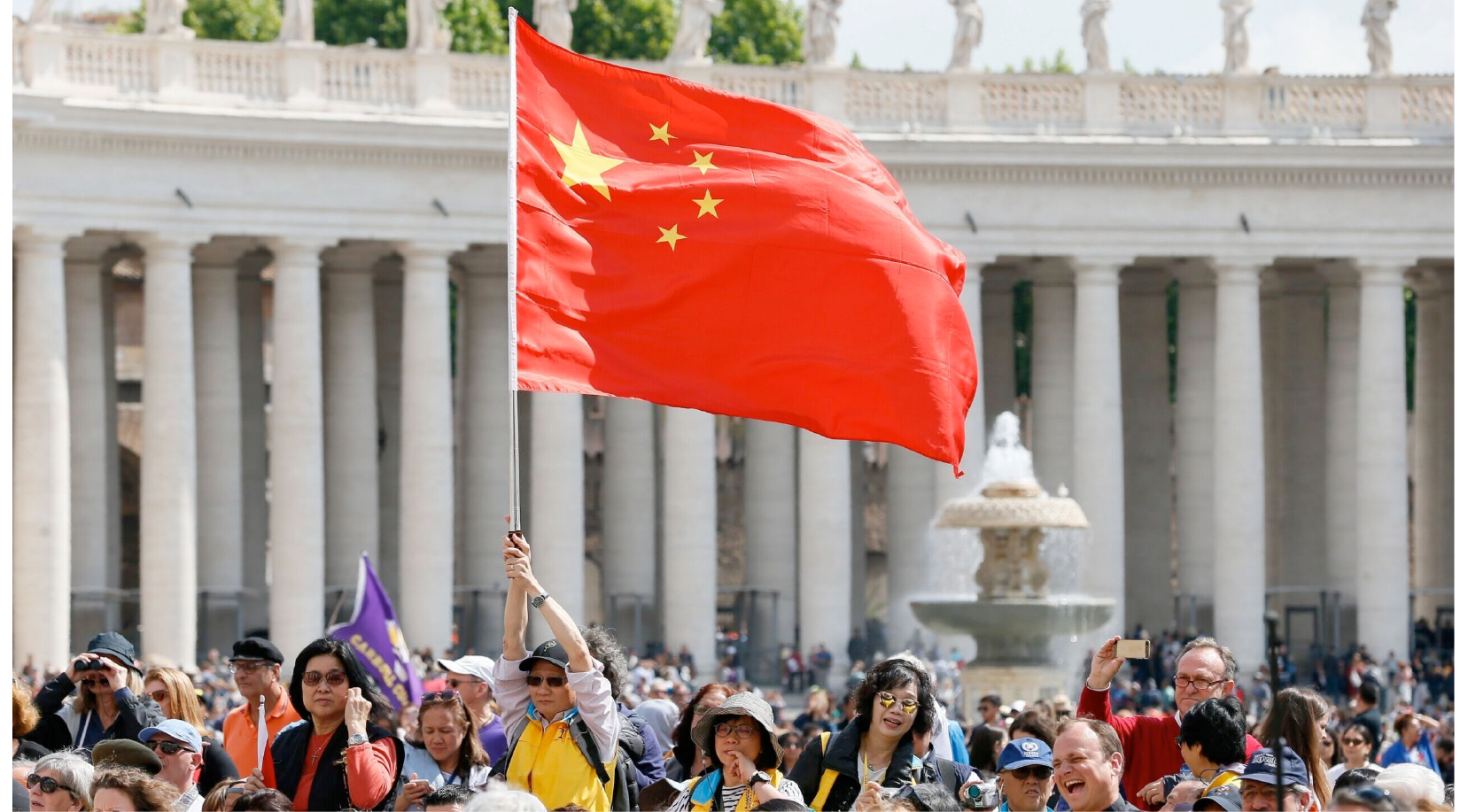Gianni Valente e Marta Zhao
(ZENIT News – FIDES / Zhengzhou, 01.25.2024).- The diocese of Zhengzhou has a new Bishop, after being without a resident Bishop for over seventy years. This Thursday January 25, the episcopal ordination of the Reverand Thaddeus Wang Yuesheng was celebrated in the Church of Qinghuayuanlu in Huiji District, dedicated to Our Lady of Lourdes.
Wang Yuesheng’s consecration was celebrated by Joseph Shen Bin, Bishop of Shanghai, as well as co-consecrants Joseph Yang Yongqiang, Bishop of the Diocese of Zhoucun and Joseph Zhang Yinlin, Bishop of the Diocese of Anyang. Peter Jin Lugang, Bishop of the Diocese of Nanyang, and more than 300 priests, nuns and faithful from all the dioceses in the province also participated in the liturgy.
Zhengzhou is the capital of Henan, a province in central China where the missions of the Jesuits, Lazarists and the Pontifical Institute for Foreign Missions (PIME) have operated at various times. In the 20th century, the missions of the Xaverian missionaries of Parma played an important role in Zhengzhou.
The Ordination – the Vatican Press Office bulletin reports – took place «in the framework of the Provisional Agreement between the Holy See and the People’s Republic of Cina». The Reverend Taddeo Wang Yuesheng was «appointed by the Holy Father as Bishop of Zhengzhou, in the Chinese Province of Henan, on December 16, 2023».
The new Bishop is 58 years old. He was born on February 27, 1966 in Zhumadian (Henan) and attended courses in philosophy and theology at the Centre South Seminary from 1987 to 1993. He was ordained a priest on October 17, 1993. He has held the office of Parish Priest in Zhengzhou. Since December 2011 he has served as parish priest in the District of Huiji, in Zhengzhou. The process, which ended with the papal appointment last December 16, was also favored by the direct contribution of the various components of the local Church, according to the criterion of synodality.
The Diocese
The history of the Diocese of Zhengzhou begins with the establishment of the Apostolic Prefecture of Western Henan, established in 1906 by Pope Saint Pius X and entrusted by the Sacred Congregation «de Propaganda Fide» to the Pious Society of Saint Francis Xavier for Foreign Missions (Xaverian missionaries). In 1911, the Prefecture was elevated to Apostolic Vicariate, headed by the Italian Xaverian missionary Luigi Calza, the first religious of his congregation to be ordained bishop.
In December 1924, the Apostolic Vicariate of Western Henan had officially become the Apostolic Vicariate of Zhengzhou. In the fall of 1928, Archbishop Guido Conforti, founder of the Xaverians (and proclaimed a Saint by Benedict XVI in 2011) visited Zhengzhou, fulfilling his dream of visiting ‘his’ missionaries in China. «The first impression one gets on entering Chinese territory», the Holy Prelate later said, «is that of being in the midst of a people with a promising future and that in the not too distant future will perhaps have the greatest influence over the world balance, without which it cannot survive».
The Vicariate of Zhengzhou was elevated to the rank of Diocese in 1946, the year the Chinese Catholic hierarchy was established. In the same year, the Xaverian missionary Faustino Tissot was appointed Bishop of Zhengzhou. After the advent of the People’s Republic of China (1949), Bishop Tissot and 16 other foreign priests were expelled from China in 1953. Six Chinese priests remained to continue the pastoral work of the diocese until the years of the Cultural Revolution, when the diocese and public church activities in Zhengzhou were also dissolved.
After the revival of church life began in the late 1970s, the Diocese of Zhengzhou no longer had bishops, only diocesan administrators. Since the 1980s, several churches have been restored or built from scratch. Church life continued to pulsate, but without regaining the intensity of flourishing that was observed in the 1950s. At that time, there were around twenty thousand baptized Catholics out of a population of four million people. Today, out of a population that has more than doubled, the number of baptized Catholics is between ten thousand and twenty thousand, according to estimates from various sources.
The installation of a new bishop in Zhengzhou, in communion with the Bishop of Rome, more than seventy years after the expulsion of his predecessor, is in any case an objective sign of a history that is re-weaving its threads. A novelty to be considered bearing in mind first and foremost the mission of proclaiming the Gospel to which the Church in China is called. Only by approaching the horizon of this mission together will it be possible to overcome in time divisions and contradictions that burden the pastoral work of the Chinese ecclesiastical community.
Since the signing of the Provisional Agreement between the People’s Republic of China and the Holy See (September 22, 2018), there are no longer any illegitimate episcopal ordinations in China, those that were celebrated without papal approval, which had caused painful wounds among Chinese Catholics in the late 1950s. Since this signing, six new episcopal ordinations have taken place in China. During the same period, six so-called «clandestine» Bishops, who had been appointed in the past without taking into account state protocols, also sought and received recognition of their role by civil authorities. These include Peter Jin Lugang, Bishop of Nanyang, in Henan province, who was officially recognized by the government on January 30, 2019.



